
There’s little dispute about the impact that the global textiles and apparel industry has on the planet. According to at least one source, the global consumption of cotton alone results in 220 metric tons of carbon emissions while using 4 percent of the globe’s nitrogen fertilizers. Considering more than 60 percent of all textiles manufactured worldwide are synthetic – and the vast majority of that material is produced from petrochemicals – doing the math reveals that the impact of polyester and similar fibers is not too pretty, either. Nevertheless, here at TriplePundit we’ve witnessed more sustainable apparel and outdoor gear coming to market; on that point, we’ve highlighted some of the more compelling developments during 2021.
Adidas commits to manufacturing more sustainable apparel
Just days before the new year, Adidas announced it would incorporate more sustainable materials in its gear by the end of 2021 – to the tune of 60 percent, in fact. Included in that effort include vegan alternatives to leather, more circular materials and ocean plastic. We don’t know if this popular athletic brand has hit that mark yet, but in fairness, 2021 still has a couple weeks to go. According to the company, 71 percent of the polyester used in its apparel and footwear is of recycled material in 2020, while 15 million pairs of its shoes contain ocean plastic. Considering the brand’s track record on sustainable apparel and gear over the past decade, don’t be surprised if Adidas meets or even exceeds that goal.
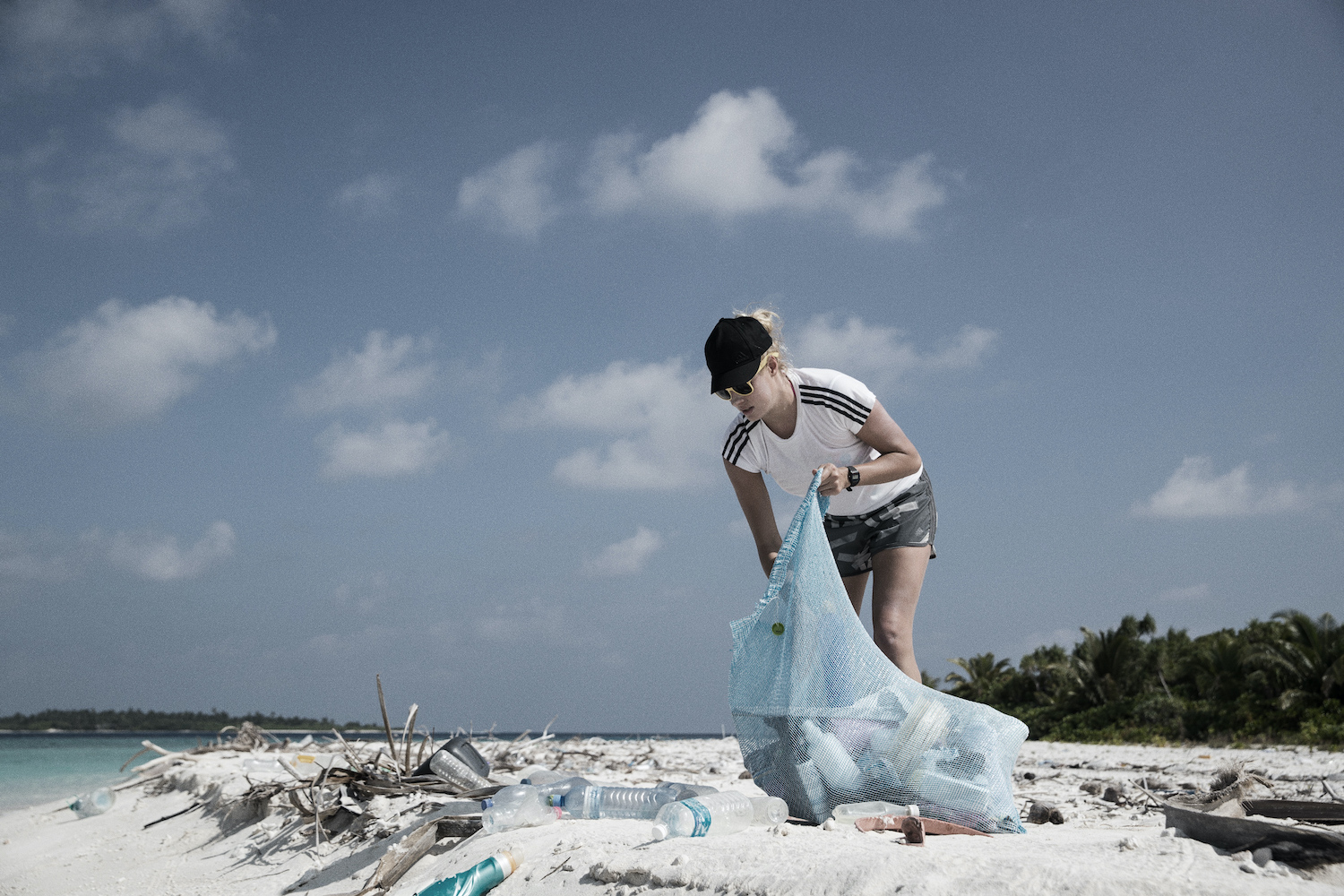
Backpacks keep going beyond canvas and polyester
In fairness, the average backpack is used far more times than the typical item of clothing picked up at a fast fashion store. That doesn’t mean progress can’t be made on this front, however.
For example, the German brand Got Bag has harnessed a network of 2,000 or so fishermen and -women in Indonesia to make its laptop sleeves and backpacks. 3p’s senior editor, Mary Mazzoni, was impressed enough to add Got Bag’s products to her latest annual holiday gift guide. “I've been testing out the $99 daypack for the past year, and with a seamless transition from backpack to briefcase and band that easily slips over the handle of rollaway luggage, it's perfect for commuting and traveling alike,” wrote Mazzoni last week.
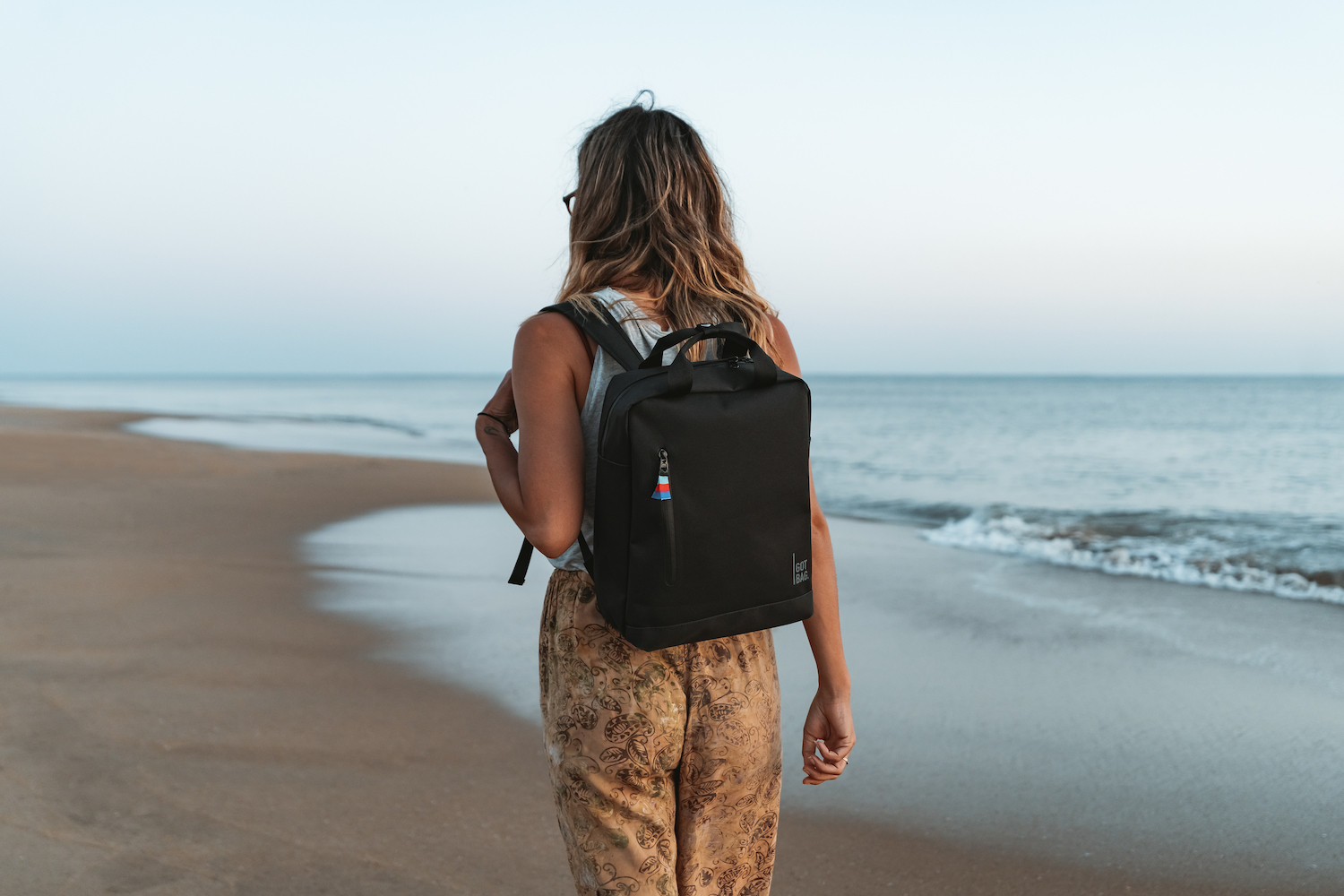
Also check out Fjällräven’s Tree-Kånken backpack. These 16-liter packs are sturdy, eschew chemicals and according to the company, more than 90 percent of the water used to manufacture them is recycled. The secret? The material used in these backpacks are derived from a yarn derived from spruce and pine trees in Sweden. Yes, it’s true that Nordic country has had its own problems with deforestation. Nevertheless, Fjällräven says the fibers needed to make the Tree-Kånken comes from FSC-certified forests. We were impressed enough to tuck into our back-to-school guide this past August.
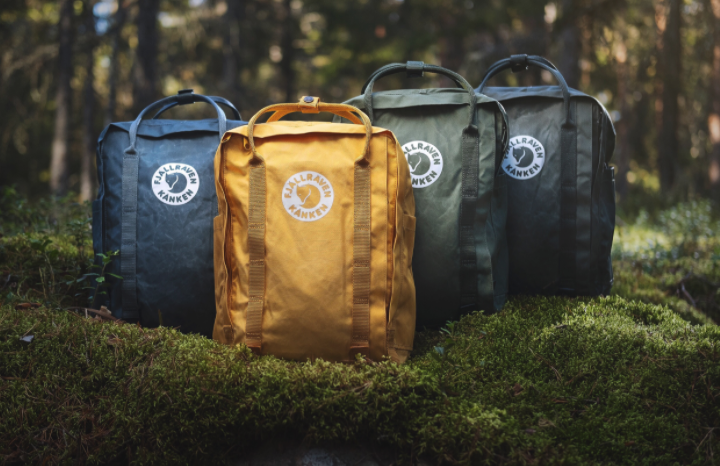
More brands are taking on the problem of denim
It’s a superficial and non-scientific observation, but the chances are high that you’ve witnessed more popular denim brands deploying a blue jeans buyback policy: The typical one involves bringing in an old pair, and then score a voucher to help you buy a new pair. Ariat, Levi’s and Pacsun are among the companies that have dabbled in such programs.
True, developing a strong brand loyalty, and showing they can have a sustainable apparel program together is a part of this push by fashion companies. But these brands are also aware of the evidence that suggests far too much clothing is still ending up in U.S. landfills. Back in 1960, Americans tossed about 1.7 million tons of apparel into landfills. By 2018, that amount had surged to 11.3 million tons, says data coming from the EPA. That same year, of the 17 million tons of clothes Americans no longer wanted, only 2.5 million tons of them were recycled in some form. Denim presents another problem, as in microfibers polluting oceans, as this 2020 article from Wired had explored.
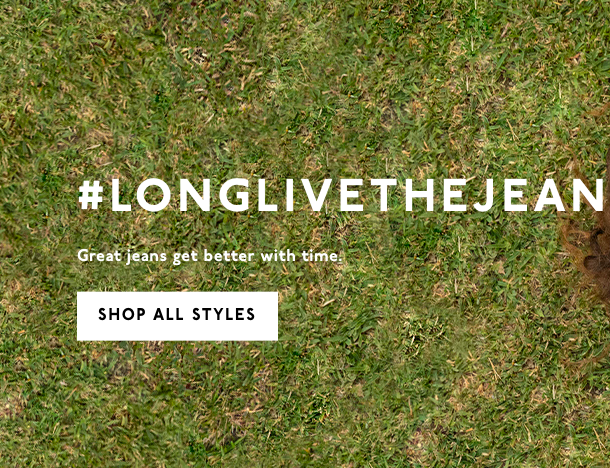
Partnerships can help fashion brands take on the sustainable apparel challenge. Madewell, long a pioneer with its jeans buyback program, announced one such venture this year. Working with the online consignment and thrift shop ThredUP, the companies’ goal is to collect one million pairs of jeans, which otherwise could end up at the local landfill or incinerator, by 2023. Madewell and its customers, of course, will supply the denim; ThredUP will provide the technology, i.e., the online sales platform. For consumers who wish to clean out their closets, the process will work the same - bring in any brand of jeans for a $20 voucher, and any pair that are deemed prime for another life in a different closet will be sold on Madewell’s resale site.
Gen Z drives the surge in thrifting
Speaking of ThreadUp, in its most recent report on resale within the retail industry, it concluded that if sustainable apparel trends hold up, the entire secondhand market (which includes resale and traditional thrift and clothing donations), could become an $80 billion market by 2029. Compare that with fast fashion, which ThreadUp says may be a $43 billion market that same year.
As NPR has reported, Gen Z is driving much of the thrifting bandwagon. The 1997-ish and later crowd has already been disrupting norms, including how they view investing. Now, the evidence suggests they aren’t just transforming fashion — they are owning it, and doing so on their terms. The fashion industry is responding in kind: The ability to show anyone and everyone how thrifting can be cool has led to the popularity of apps such as Depop, on which Etsy plunked $1.6 billion to acquire earlier this year.
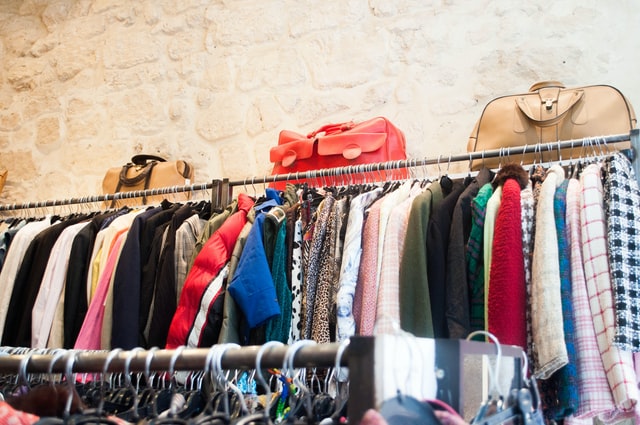
How recycled emissions are ending up at the gym or yoga studio
This summer, Lululemon announced that it would partner with LanzaTech to develop yarn and textiles made out of recycled carbon emissions that if not captured, would otherwise be released into the atmosphere as pollution. LanzaTech says it can capture carbon from various feedstocks, including synthetic gas, industrial emissions from industries such as steel, agricultural byproducts and household waste. Microorganisms that the company has developed can then transform those carbon molecules into ethanol and other base ingredients that will eventually become fabric.
Expect to hear more from LanzaTech; this week, the company said it had reached a similar agreement with Inditex, which owns several fashion brands including its flagship retailer Zara.

Timberland takes a stand on regenerative agriculture
Timberland has been a trail blazer on sustainable apparel before many of today’s popular brands even existed. But time and again, the company has proven to be an early adopter. This spring, Timberland and parent company VF Corporation pushed regenerative agriculture into the spotlight by announcing the first regenerative rubber supply system in the apparel industry. The new initiative could help bring more clarity to the role of organic practices in regenerative agriculture, in addition to providing consumers with a new opportunity to contribute to a more sustainable supply chain.
This initiative is part and parcel of Timberland’s goal of sourcing 100 percent of its natural materials from regenerative agriculture by 2030. “That high-profile leadership role provides Timberland with significant leverage over the extent to which organic and regenerative farming could become one and the same,” wrote 3p’s Tina Casey.

Image credit of denim jeans: Waldemar Brandt via Unsplash

Leon Kaye has written for 3p since 2010 and become executive editor in 2018. His previous work includes writing for the Guardian as well as other online and print publications. In addition, he's worked in sales executive roles within technology and financial research companies, as well as for a public relations firm, for which he consulted with one of the globe’s leading sustainability initiatives. Currently living in Central California, he’s traveled to 70-plus countries and has lived and worked in South Korea, the United Arab Emirates and Uruguay.
Leon’s an alum of Fresno State, the University of Maryland, Baltimore County and the University of Southern California's Marshall Business School. He enjoys traveling abroad as well as exploring California’s Central Coast and the Sierra Nevadas.














